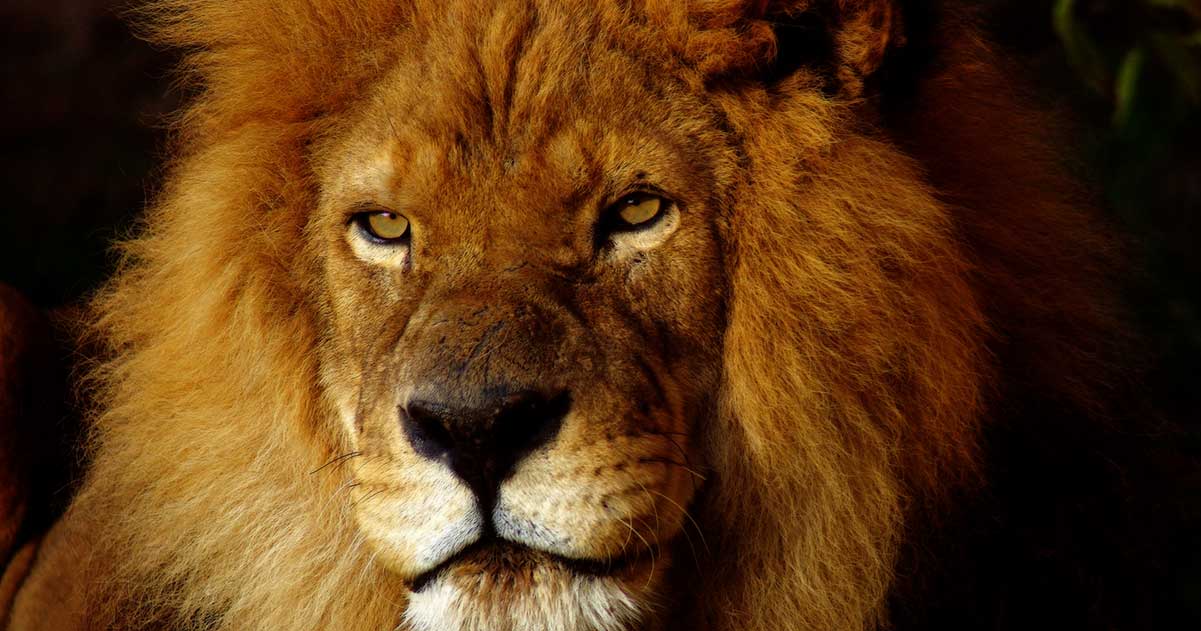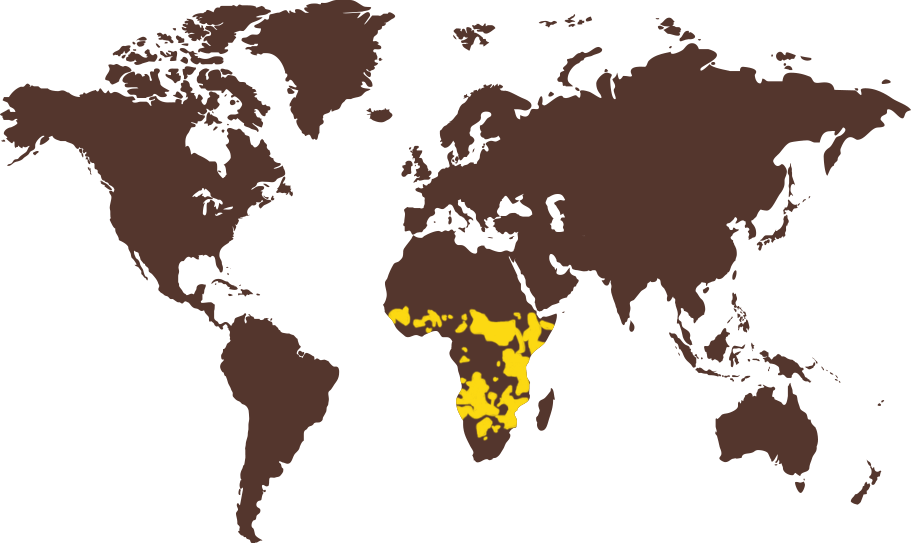Gallery!

Ázsiai kiskarmú vidra

Ázsiai kiskarmú vidra

Ázsiai kiskarmú vidra

Ázsiai kiskarmú vidra

Ázsiai kiskarmú vidra

Ázsiai kiskarmú vidra

Ázsiai kiskarmú vidra

Ázsiai kiskarmú vidra

Ázsiai kiskarmú vidra

Ázsiai kiskarmú vidra

Farksodró

Farksodró

Farksodró

Farksodró

Farksodró

Farksodró

Földimalac

Földimalac

Földimalac

Földimalac

Földimalac

Földimalac

Földimalac

Földimalac

Jaguár

Jaguár

Jaguár

Jaguár

Jaguár

Jaguár

Jaguár

Jaguár

Jaguár

Jaguár

Jaguár

Jaguár

Jaguár

Jaguár

Jaguár

Jaguár

Jaguár

Jaguár

Jaguár

Jaguár

Jaguár

Jaguár

Jaguár

Jaguár

Jaguár

Jaguár

Jaguár

Jaguár

Jaguár

Ormányos medve

Ormányos medve

Ormányos medve

Ormányos medve

Ormányos medve

Ormányos medve

Ormányos medve

Oroszlán

Oroszlán

Oroszlán

Oroszlán

Oroszlán

Oroszlán

Oroszlán

Oroszlán

Oroszlán

Oroszlán

Oroszlán

Oroszlán

Örvös medve

Örvös medve

Örvös medve

Örvös medve

Örvös medve

Örvös medve

Örvös medve

Sörényes hangyász

Sörényes hangyász

Sörényes hangyász

Sörényes hangyász

Tigris

Tigris

Tigris

Tigris

Tigris

Tigris

Tigris

Tigris

Tigris

Tigris

Tigris

Tigris

Tigris

Tigris

Tigris

Tigris

Tigris

Tigris

Tigris

Tigris

















